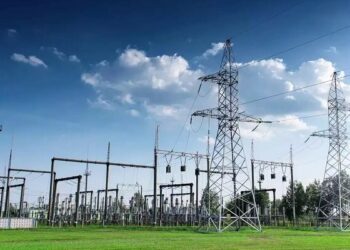Developing a smart RCM approach in pursuit of a PM programme can provide long-term operational benefits.
These include:
- Potential lower cost for corrective maintenance
- Better use of maintenance resources
- Improved output of the assets or utilisation of the facility
- As an example, a specialty chemical plant that is 1.5 million square feet and has around 5,000 in equipment numbers, might have a current PM that cover 25% of the assets.
- To implement RCM, the first thing to do is develop a RCM charter.
The first step is to start the training in RCM and develop a project. The project leader develops a RCM charter for the outcome of the project, including a deadline within 12 months. This charter is approved and the team gets started.
Most of the team members should be working part time on this and still doing their real jobs as maintenance engineer, mechanical supervisor, production supervisor and electrician.
At the end of six months, they have only covered 5% of the equipment in the plant. Based on this it will take ten years to complete the whole plant. Can they wait that long to develop a PM programme? So what is going on here?
Consider the following:
- Has a criticality analysis been completed to know what to work on first?
- Is it necessary to do RCM analysis on all equipment?
- How are resources calculated to develop the PM programme?
Our field experience tell us that in most process / manufacturing plants and facilities only 3-5% require full RCM analysis. Up to 25% of the equipment requires some type of streamlined RCM. The rest of the facility can be completed without analysis using a common sense PM approach








































